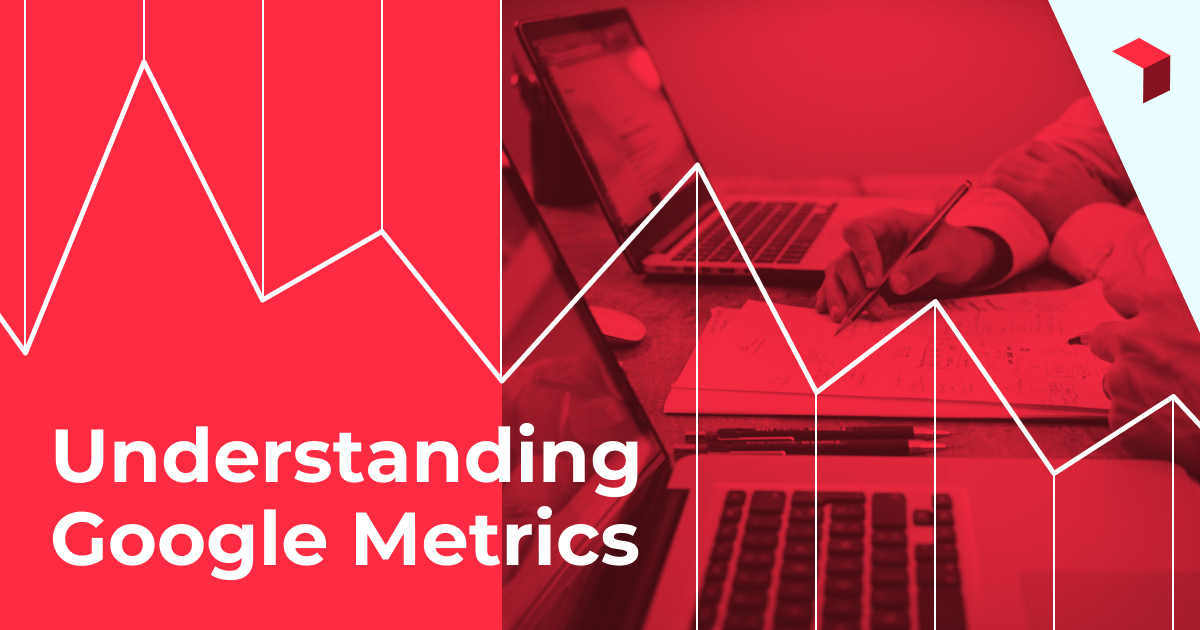Google Analytics is the go-to platform for higher education websites seeking to understand user activity and site effectiveness. But if you’re not a computer wizard, it can be downright overwhelming to dive into all the metrics Google provides—especially now that it’s updated to Google Analytics 4 (GA4.)
While having a dedicated search engine optimization (SEO) professional on your team, or hiring a third party SEO expert, can help you squeeze every bit of information out of Google, it’s still important for college leadership to understand some GA4 metrics. These measurements will ensure you can make informed decisions about your school’s website based on its performance.
Feeling in over your head? No need to worry—we’re here to simplify it for you. Here are the key metrics you should understand in GA4 for your higher education website.
Tracking Events
The biggest change that came with GA4 is that Google added event tracking. An event is anything a user does on a page—from scrolling, to playing a video, to clicking apply.
This is different from tracking conversions, as conversions are specific actions you want a user to take, such as making a purchase or filling out a form.
By tracking events, Google can tell you how your users are interacting with a page. This way, you can not only make sure your website is doing its job, but also make content and design decisions based on what the user is doing.
For example, it’s common for college websites to have different departments vying for visibility on prominent landing pages. By analyzing your event tracking data, you can discern user interactions and identify less-engaged content. This enables you to make data-driven decisions about what to showcase.
Google doesn’t automatically track events—this needs to be set up. If you have an SEO specialist hired or on your team, it’s likely they’ve already done this for you.
Demographics
Tracking demographics on GA4 is an invaluable practice for college leadership. By examining demographic data such as age, gender, location, and interests, you can better understand your audience’s composition and preferences. This allows you to tailor your strategies and resources more effectively.
While age, gender, and location may not come as a surprise to you, interest is a lesser-known metric, but is just as important as the rest. To get this data, Google tracks different apps, emails, and browsing habits to determine what a person’s interests are. This is another metric that GA4 doesn’t automatically track for you. You will need to get it set up on your account.
Overall, demographic information is particularly relevant in the higher education sector due to the diverse student populations you serve. By tracking demographics on GA4, college leadership can identify trends among different groups, enabling you to fine-tune your website content and design, recruitment efforts, and academic offerings.
Scroll Depth
Scroll depth is exactly what it sounds like—it measures how far down a page users scroll. To implement this, specific reference points are strategically positioned along your webpage. As users reach and pass these predetermined points, it activates a measurement recording.
You may be asking, why is this important if we’re already tracking things like time on page? The reason is that scroll depth gives you deeper insights than time on page data.
By analyzing your scroll depth, you can determine if the content on your page is doing its job. Is it drawing the user in enough to get them to the important content? You can use this information to write content and design a page that keeps users engaged and leads them to the actions you want them to take.
For example, let’s say you’re analyzing the Campus Tours page. Your page is information heavy at the top and the Schedule a Tour call to action (CTA) is at the bottom of the page. If you find that people are only scrolling halfway down, then you also know that users aren’t making it to your CTA, and you’re likely not getting many tours scheduled.
Now that you know how far down the page your users are getting, you can rewrite content and rearrange the page to ensure users get to the CTA.
iFactory’s Expertise in GA4 for Higher Education
Using these three metrics can help your leadership team make informed decisions about the content and structure of your website. With them, you’ll understand who is coming to your site, how they’re spending their time, and if they’re finding key information and CTAs.
While these metrics are incredibly useful, they work best when combined with the rest of GA4’s analytics. Hiring a dedicated SEO professional will help you get a comprehensive understanding of what is happening on your website.
At iFactory, our SEO expert can help you do just that. We know the analytics that benefit higher education websites and can interpret their findings in a way that leads to understanding and actionable recommendations. For Google Analytics help, reach out to our team any time.

